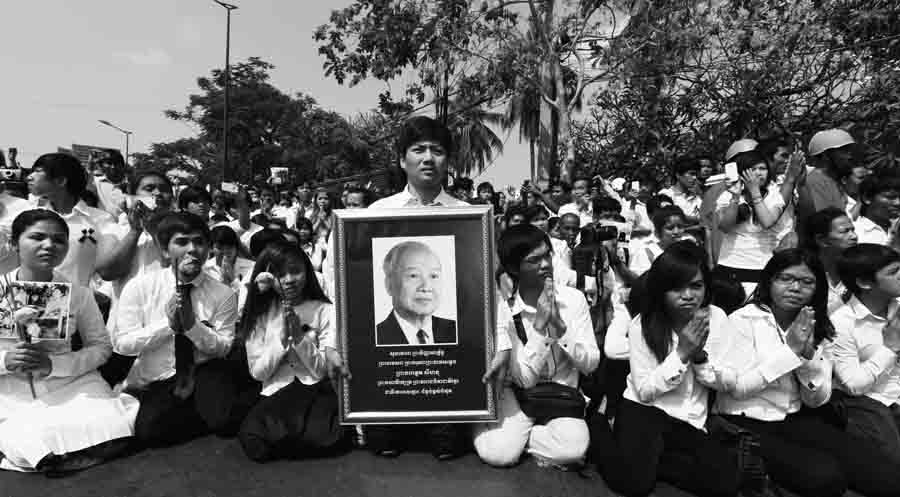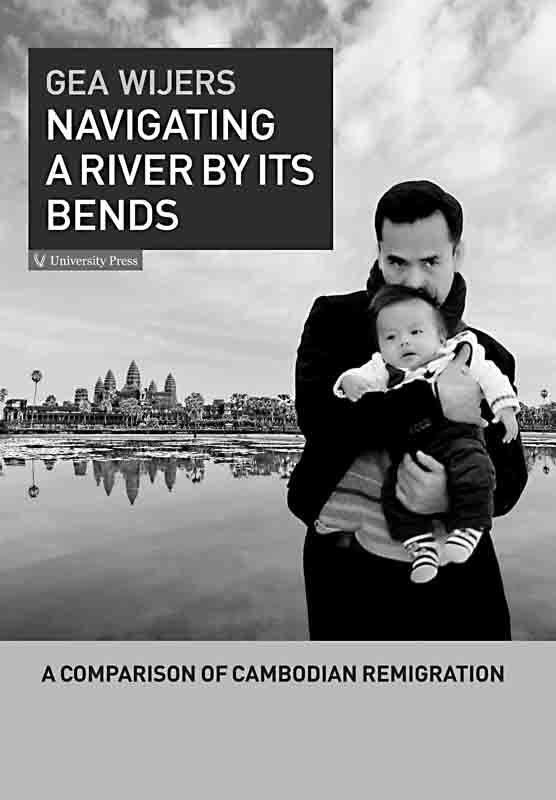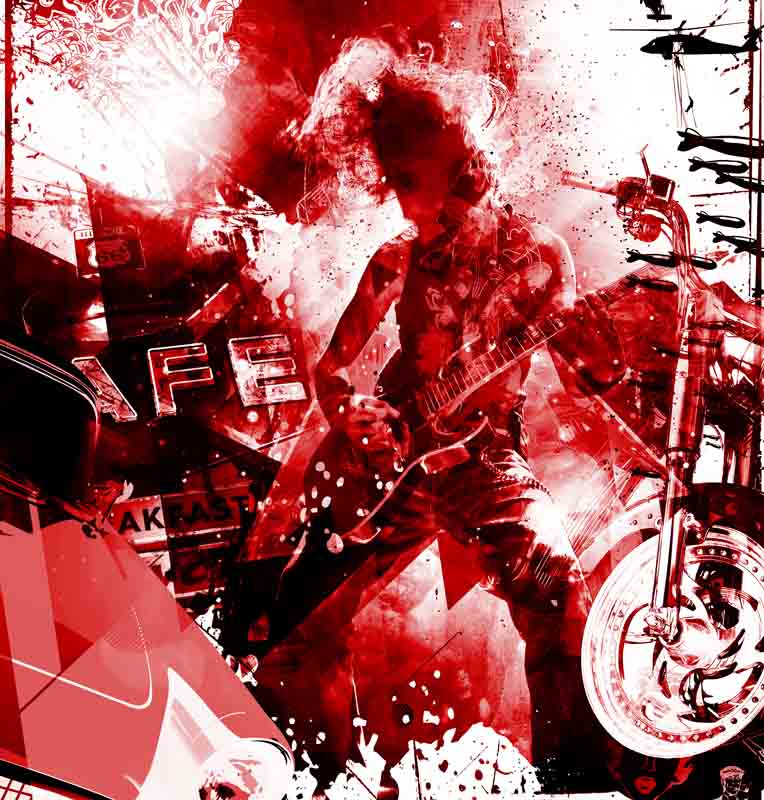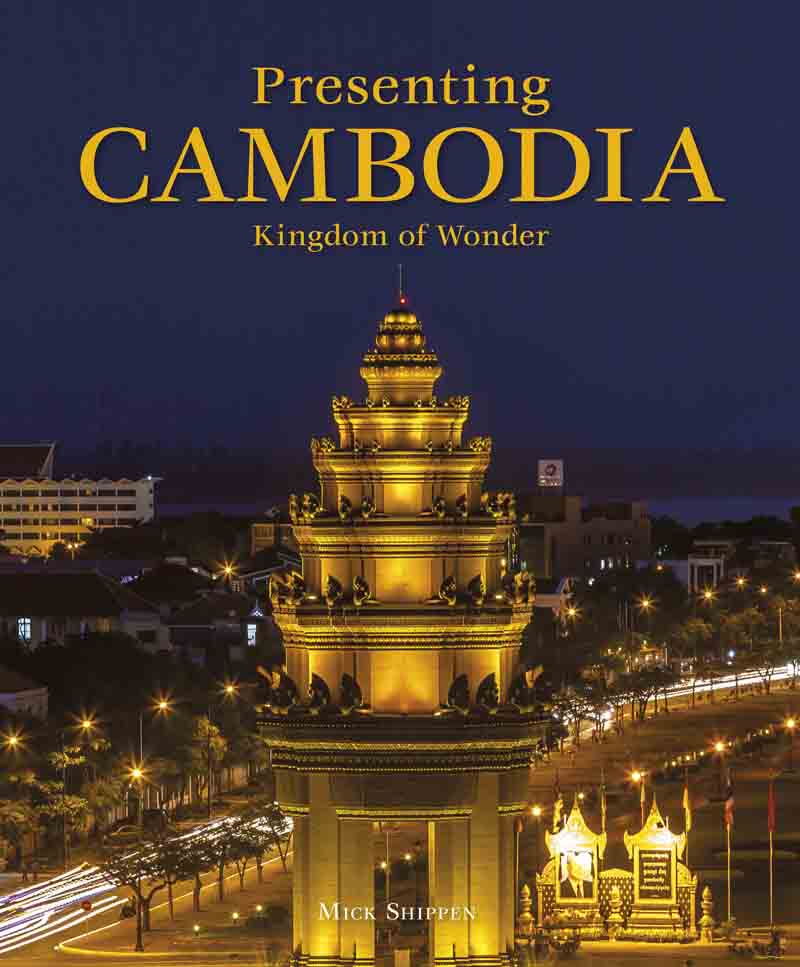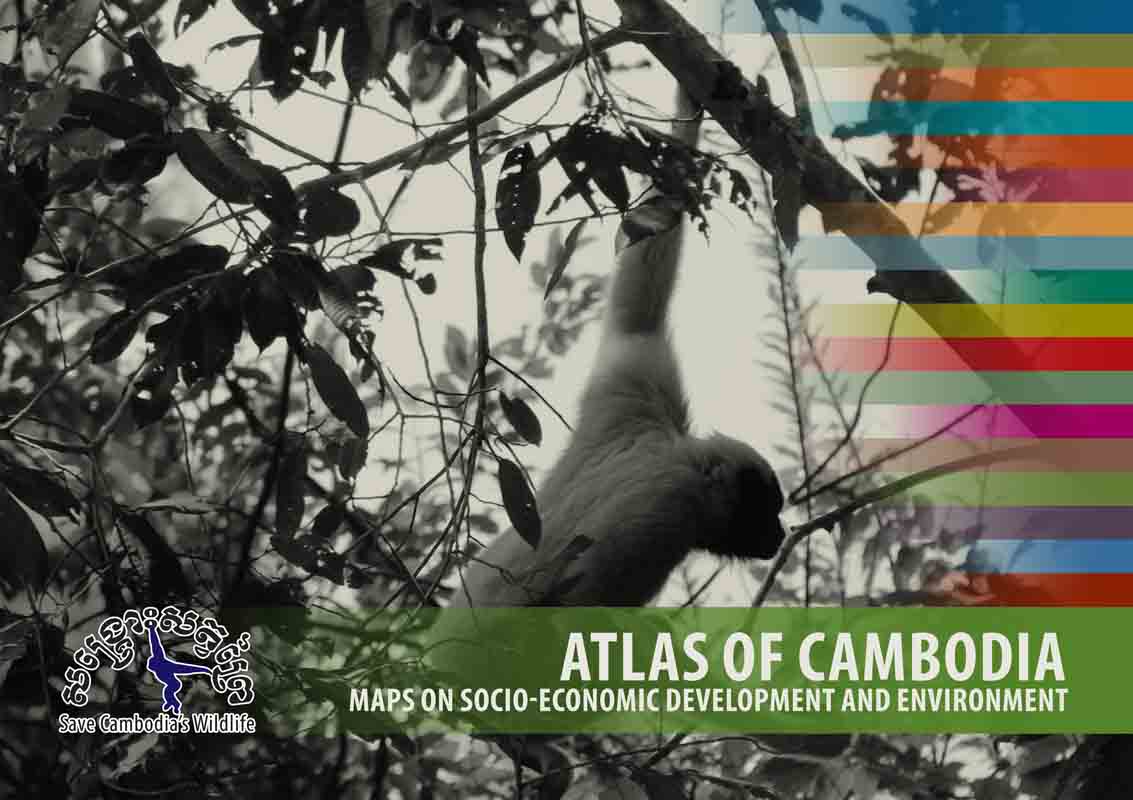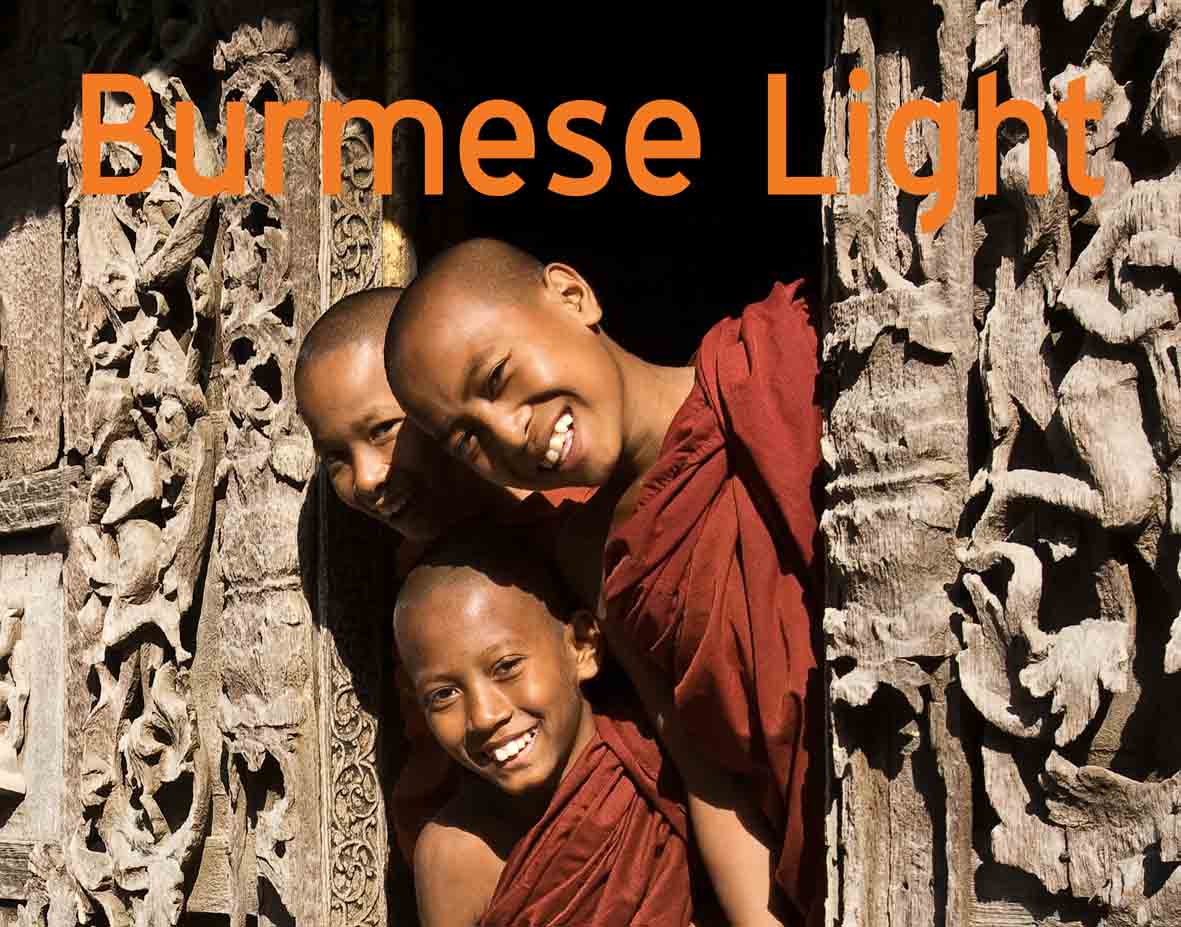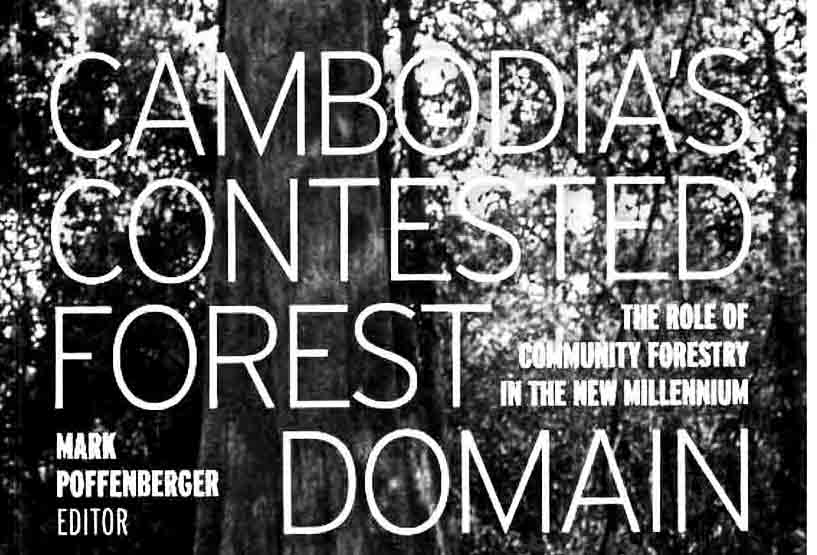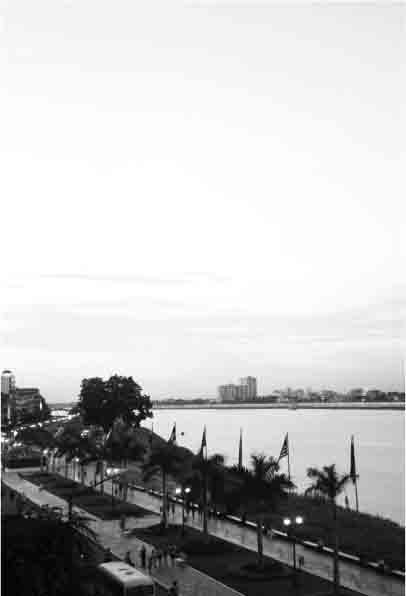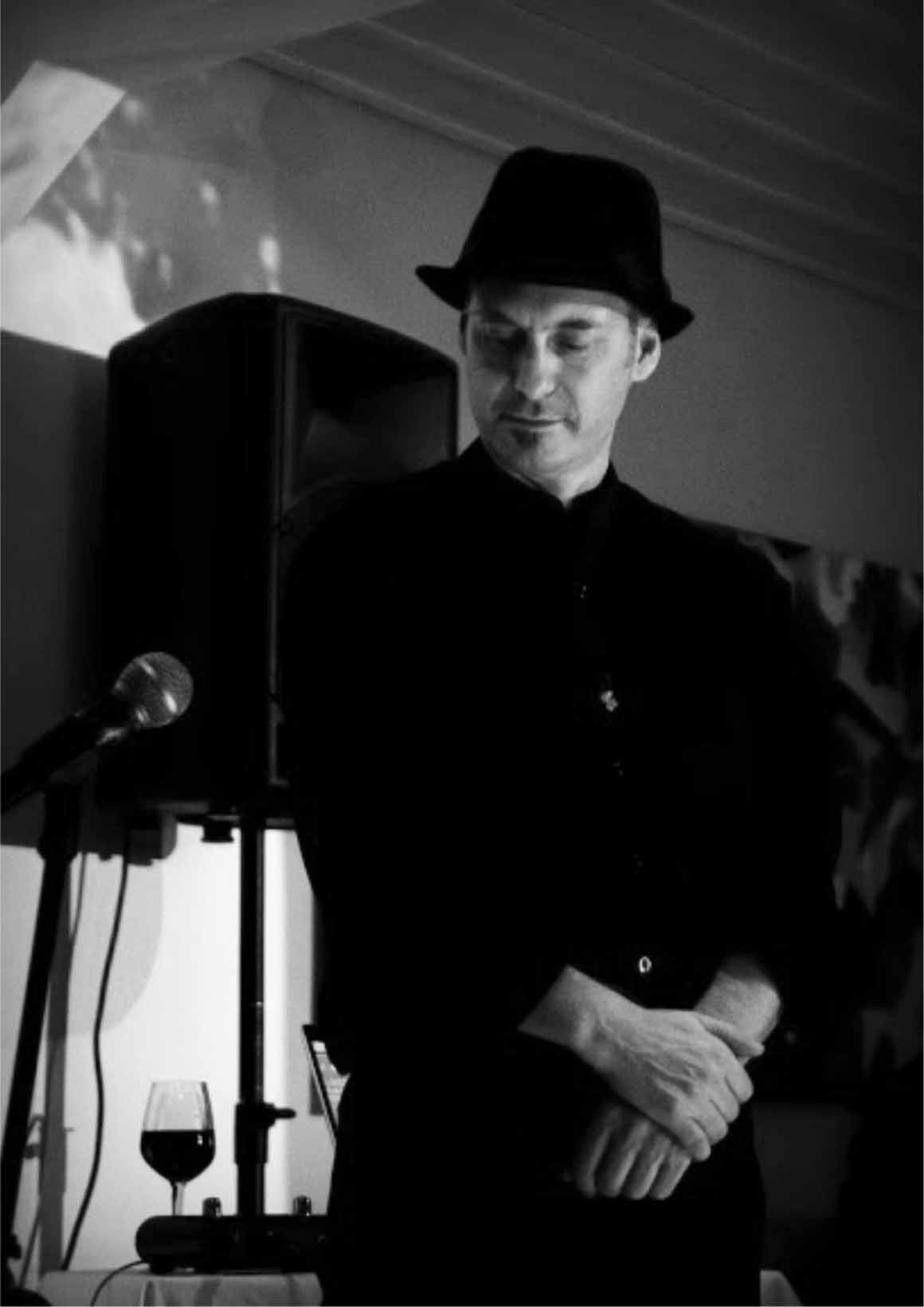The name Finale seems a strange title for a book dedicated to the funeral of King Norodom Sihanouk (1922 – 2012). But then again looking back at his life he was a man who embraced the theatrical, who thrived on being centre stage, so maybe the title is appropriate after all: a man taking a final curtain call on a life lived large.
And what a life! Chosen to be king in 1941 by the Vichy French, who considered him ideal because of his seemingly singular interest in girls, horses and cinema. A figure who confounded these expectations by skillfully and shrewdly achieving independence for Cambodia a mere 12 years later, an outcome that took Vietnam a further 22 years to achieve and the countless loss of lives. A man who then presided over a golden age of development that encompassed the arts, architecture and public infrastructure, while holding off the Cold War forces that were tearing the rest of the region apart.
An individual who abdicated not once, but twice and who again, twice, sided with the genocidal and decidedly anti-monarchist Khmer Rouge, the same regime that murdered countless numbers of his relatives and friends. And then, in the post-Untac years, who slowly sunk from view as craftier politicians edged him from centre stage.
The King Father was nothing if not a complex, even flawed figure, who nevertheless inspired an incredible reverence in the hearts of Cambodians. Put simply, the likes of him will likely never be seen again on the Cambodian stage. And like many who had arrived in Cambodia in more recent times I was taken aback by the enormity of the outpouring of grief and devotion that came with the return of Norodom Sihanouk’s coffin to Phnom Penh on October 17, 2012. What followed was a carefully choreographed funeral ‘event’ that unfolded across the weeks and months through to February 2013. And it is these events that Jim Mizerski’s book seeks to recount and explain.
Well, sort of.
Finding no up-to-date guides of the funeral ceremonies for Cambodia royalty Mizerski relies on translated records of prior services to illuminate our understanding of King Sihanouk’s funeral. This explains why the book’s title references two Norodoms in its heading. The assumption here is that the consistency of custom and rituals should carry over from the past and into the present.
What we get in Finale, therefore, is not a careful rundown the King Father’s funeral but a ‘funeral by association’, with detail drawn from translations of the description from funeral rituals that accompanied the death of a previous King Norodom, although one who died sometime back in 1904.
Hmmm. It’s an interesting assumption and because I was not around in 1904 (at least not in this life) I’m not in a position to offer a contrary view, so I think we have to take Mr Mizerski’s approach at face value.
Thankfully, for those who might become confused by this move, Finale’s photographs are up to date and provide a comprehensive record of events across the different ceremonial stages of Sihanouk’s funeral.
Regrettably, just as we are deprived of an up-to-date account of the ceremony, we are also deprived of the drama and intrigue that occurred beneath the surface of King Norodom Sihanouk’s funeral. This includes the efforts of the PTB (the ‘Powers That Be’) to capture the public emotion unleashed by his death to polish their own reputations. What this means is that we get a ‘manual’ and no Shakespeare.
As a consequence, anthropologists, historians and ethnographers are likely to be the most pleased with Finale, while the rest of us will find better mementos in our personal memories of those days. A time where, rather than being solemn, the air seemed to be positively charged by human emotion, feelings that could not be controlled or marshaled by any single cliché; an energy, I think, that ultimately inspired decisions made at the ballot box a few months later.
So what are my memories? Two stand out.
The first is being on a deserted waterfront, the road shut from traffic for the funeral parade, all shops closed and shuttered; there being no one else in view except two confused-looking Chinese men wheeling their suitcases down the middle of an empty road.
The second, watching the King Father’s funeral carriage pass and kneeling, together with everyone else, to show my respects. Then seeking to get up but being told by some green-clad military types to kneel back down for the carriage carrying the PTB, and the look of ‘You have got to be joking’ on the faces of the people around me, refusing to kneel and everyone smiling and laughing. And somewhere up there, I think the King Father would have been smiling, too.
Finale: The Royal Cremations of Norodom and Norodom Sihanouk, Kings of Cambodia, by Jim Mizerski, is available for $7 at Monument Books.
